Looking for a 2 bedroom apartment in Japan? Whether you’re planning to move for work, study, or long-term investment, understanding the costs of a 2LDK apartment in Tokyo or other major cities is essential. In this guide, we’ll explore current prices, factors influencing the cost, and how income levels like the average salary in Japan relate to housing affordability.
What Counts as a 2 Bedroom Apartment in Japan?
In Japan, choosing an apartment isn’t just about how many bedrooms it has, it’s about how the space is designed. Rather than labeling units as simply “2-bedroom,” listings often use abbreviations like 2LDK, which refers to two rooms plus a Living room, Dining area, and Kitchen. This layout is especially popular with renters who want both privacy and a comfortable shared space.
You’ll also come across other formats like 2DK and 2K, which are generally more compact and affordable. A 2DK includes a combined kitchen and dining area without a separate living room, while a 2K offers just two rooms and a small kitchen, commonly seen in older buildings or budget-friendly neighborhoods.
For people living in Tokyo, a 2-bedroom apartment can be a great match, whether you’re working from home, raising a young child, or sharing the space with a partner. The extra room offers flexibility: it could be your home office, a guest bedroom, or even a hobby space. Compared to smaller units like a 1K or 1LDK, it gives you much more room to breathe.
If you’re renting with a budget that reflects the average income in Japan, understanding these layout types can really make a difference. It allows you to narrow down your search more effectively and avoid surprises, especially if you’re apartment hunting in big cities like Tokyo, Osaka, or Nagoya, where floor plans vary just as much as the prices do.
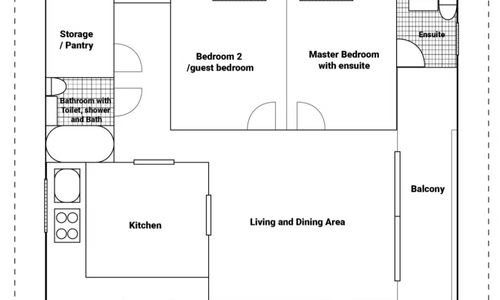
Japanese apartment layout types
Average Rent for a 2 Bedroom Apartment in Japan (2025)
The cost of renting a 2LDK apartment in Japan depends heavily on where you choose to live. Major cities like Tokyo demand higher prices, especially in central areas, but there are more affordable choices if you’re open to living slightly outside the downtown core.
Below is a snapshot of typical monthly rent for 2-bedroom apartments in various regions across Japan:
Location | Monthly Rent (2LDK) |
Tokyo (Central Wards) | ¥180,000 – ¥300,000 |
Setagaya (Tokyo) | ¥140,000 – ¥220,000 |
Yokohama | ¥120,000 – ¥180,000 |
Osaka | ¥100,000 – ¥170,000 |
Nagoya (Aichi) | ¥90,000 – ¥150,000 |
Sapporo / Fukuoka | ¥70,000 – ¥120,000 |
Apartments in central Tokyo neighborhoods like Minato, Chiyoda, or Shibuya generally come with a premium. However, if you’re looking to get more for your money while staying connected to the city, consider areas on the edge of Tokyo. 2-bedroom apartments in Tokyo suburbs, like Setagaya, Nerima, or Itabashi, offer a more budget-friendly option without sacrificing access to train lines or everyday convenience.
Keep in mind that these prices are for standard, long-term leases and usually don’t include furnishings. Other expenses such as maintenance fees, parking, or internet setup may add to your monthly costs. Location, building age, and extras like security systems or elevators can also influence the final price.
Buying a 2 Bedroom Apartment in Japan
If you’re thinking about investing in real estate in Japan, purchasing a 2LDK apartment in a major city can be a smart long-term move. Whether you’re looking for personal use or rental income, many apartments for sale in Tokyo and beyond hold strong value over time. Here’s an overview of the average purchase prices for 2-bedroom units across popular urban areas:
City / Area | Average Price (2LDK) |
Tokyo (Shibuya, Minato) | ¥70 million – ¥150 million |
Setagaya, Nakano (Tokyo) | ¥55 million – ¥100 million |
Osaka | ¥40 million – ¥80 million |
Aichi Prefecture (Nagoya) | ¥35 million – ¥70 million |
Properties in central Tokyo neighborhoods like Shibuya and Minato tend to be the most expensive, thanks to their prime locations and high demand. Suburban areas like Setagaya or Nakano offer slightly more affordable options while still providing excellent access to public transport and daily conveniences.
Keep in mind that prices can climb for newer buildings, especially those near train stations or equipped with modern amenities like elevators, smart home systems, or 24-hour security. Still, many apartments for sale in Tokyo Japan offer excellent resale value, making them attractive to both domestic and international buyers.
What Affects the Cost of 2 Bedroom Apartments in Japan?
Whether you’re planning to rent or invest in property, it’s important to understand what drives apartment prices in Japan. From location to building features, several elements can impact both monthly rent and purchase costs, especially in high-demand cities like Tokyo, Osaka, or Fukuoka.
- Location Matters Most: Apartments in central Tokyo, such as Shibuya, Minato, or Chiyoda, are among the most expensive in the country. If you’re looking for better value, consider regional cities like Osaka or Sapporo, where similar layouts often come at a much lower price point.
- Age of the Building: Newly built apartments typically come with a higher price tag, but they also offer modern conveniences and updated earthquake safety standards. Older buildings may save you money upfront but could lack insulation, elevators, or modern finishes.
- Distance to Public Transport: Being close to a train or subway station is a major advantage in Japan, and the closer you are, the more you’ll pay. Apartments within a 5–10 minute walk to a JR or Tokyo Metro line often carry a premium due to convenience and accessibility.
- Building Amenities: Features like elevators, security systems, balconies, and parking all contribute to higher costs. Premium developments might also offer shared facilities like gyms, lounges, or even concierge services, especially in Tokyo’s high-rise buildings.
- Floor Level & Scenic Views: Apartments on higher floors tend to cost more, particularly in urban high-rises. A unit with a panoramic city view or a corner balcony will usually be priced above those on lower levels with limited outlook.
Understanding these factors that affect apartment prices in Japan will help you make smarter choices, whether you’re browsing 2LDK apartments for sale in Tokyo, renting long-term, or planning to relocate to a quieter, more affordable suburb.
Renting as a Foreigner in Japan: What You Need to Know
Renting a 2-bedroom apartment in Tokyo, Japan as a foreigner involves a few extra steps compared to what you might expect back home. One of the biggest upfront costs is the initial move-in payment, which often includes key money, security deposits, and agency fees, usually totaling 2 to 4 months’ rent. Most real estate agencies also charge an additional one month’s rent as a commission fee. In many cases, landlords may require a Japanese guarantor, although the market has become increasingly foreigner-friendly, with more properties waiving this requirement or offering alternative solutions like guarantor companies.
Make sure you’re familiar with how rental contracts work in Japan. Long-term contracts (typically 2 years) are the norm, while short-term or serviced apartments are available but tend to come at a higher monthly rate. For foreigners seeking a smooth rental experience, platforms like Arealty and RealEstate Japan specialize in listings that cater to international residents, especially in neighborhoods with expat communities and English-speaking support.
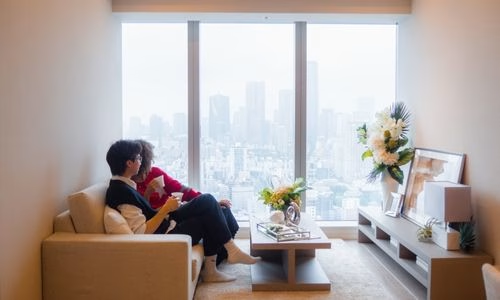
Tokyo apartment costs explained
Can You Afford It? Comparing to the Average Salary in Japan
Let’s break it down. As of 2025, the typical annual salary in Japan falls between ¥4.5 million and ¥5.5 million, or about ¥375,000 to ¥450,000 per month. In Tokyo, where incomes are generally higher, the average yearly pay is around ¥6.2 million. To stay financially balanced, many locals and expats aim to keep housing expenses within 30% of their monthly income. That means renting a 2-bedroom apartment in Tokyo for ¥180,000 a month would be most manageable if you’re earning at least ¥600,000 monthly.
For households bringing in around ¥8.5 million per year, which is the average household income in Tokyo, paying for a comfortable 2LDK unit is typically within reach. And if your income is above average or steadily growing, it might be time to consider buying instead of renting. Foreign residents in Japan can qualify for a mortgage if they have a reliable income source and hold permanent residency or a spouse visa.
Not only does owning property offer long-term stability, but it can also be a wise investment, especially in Tokyo, where urban housing demand remains strong and resale values continue to hold firm.

Tokyo salary and rent balance
Where to Find 2 Bedroom Apartments in Japan
If you’re starting your apartment search in Tokyo, knowing where to look can make all the difference. Some of the most reliable platforms for both rentals and sales include Suumo, Homes.co.jp, Arealty, and RealEstate Japan, all of which offer a wide selection of properties and increasingly support foreign-language listings.
When browsing, try using targeted keywords like “2LDK apartment Tokyo”, “2 bedroom apartments Tokyo price”, or “apartments for sale Tokyo” to narrow down your results and find listings that match your budget and lifestyle.
As for the best neighborhoods for foreigners, here are a few worth considering:
- Setagaya – A peaceful, residential area known for its family-friendly vibe and parks.
- Meguro – Green, convenient, and popular with both locals and expats for its livability and transit access.
- Minato & Chiyoda – Central, prestigious, and packed with international schools, embassies, and luxury towers.
- Aichi / Nagoya – A great alternative to Tokyo if you’re looking for more space at a lower price, without giving up city life.
Whether you’re renting short-term or planning a permanent move, starting with the right tools, and in the right neighborhoods, can make your Tokyo apartment hunt far smoother.
Conclusion
Securing a 2-bedroom apartment in Japan is more achievable than you might think, whether you’re planning to rent or buy. Monthly rental rates usually fall between ¥100,000 and ¥300,000, depending on the neighborhood, building condition, and nearby transportation. If you’re thinking long-term, buying a 2LDK apartment can cost anywhere from ¥35 million to ¥150 million or more, influenced by factors like location, floor area, and property age. As of 2025, the average annual income in Japan is around ¥5 million, though this can vary based on your job and where you live.
For foreigners, websites like Arealty.jp are a great starting point, they offer user-friendly search options and specialize in listings suited for international residents. With a solid budget and the right tools, finding a place to call home in Japan, even in cities like Tokyo is well within reach.

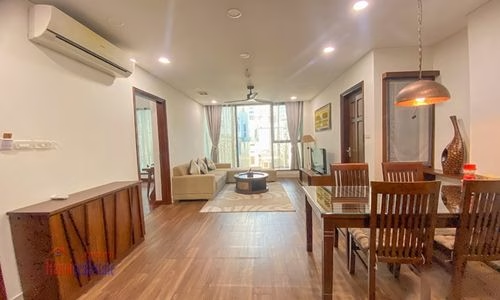

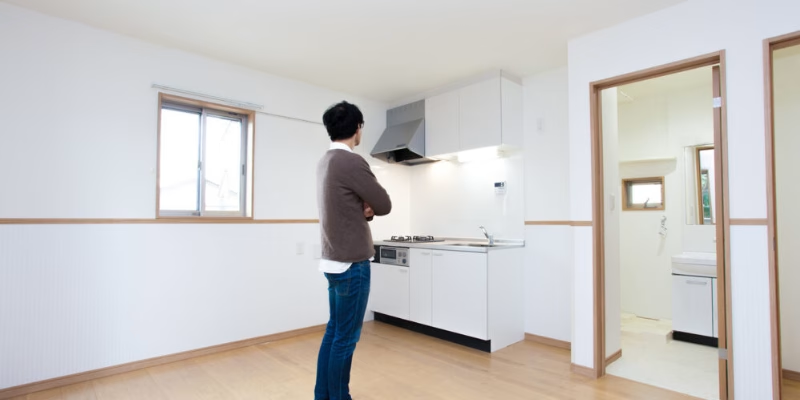
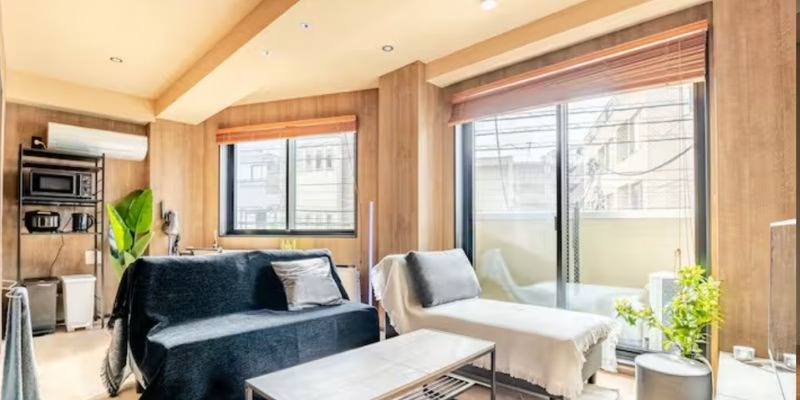
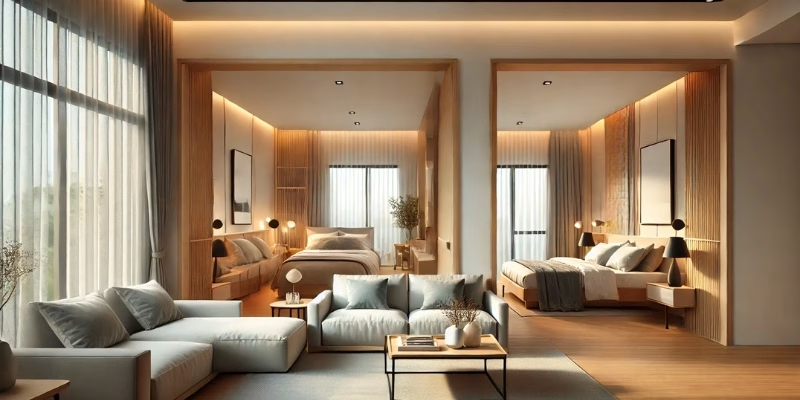
Leave a Reply